Mickey Mouse Is Becoming Public Domain But There’s A Catch
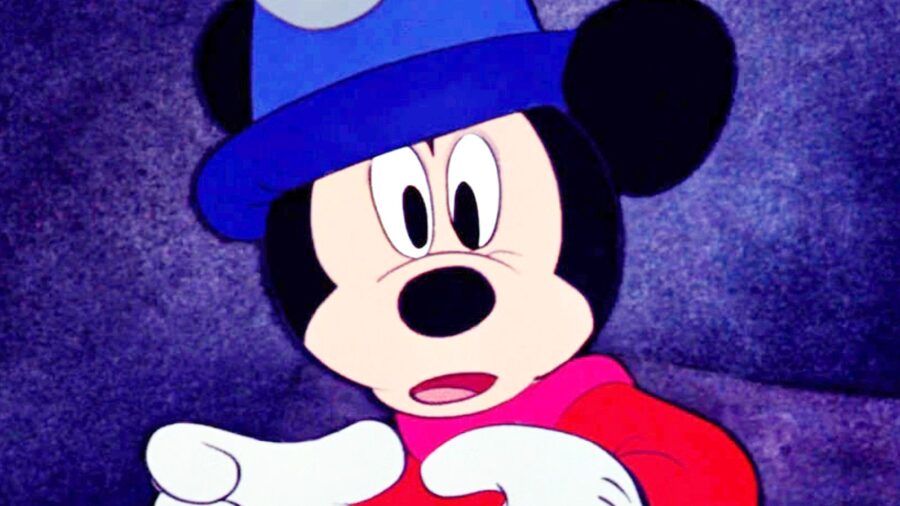
In 2024, Disney’s iconic 1928 animated short, Steamboat Willie, featuring the earliest iteration of Mickey Mouse, enters the public domain. While this might suggest freedom for the beloved character, there’s a catch. The only copyright on the line is for the eight-minute black-and-white short where Mickey made his non-speaking debut with solid black eyes and long, thin arms sans white gloves.
The Steamboat Willie Version Of Mickey Mouse Is Entering Public Domain
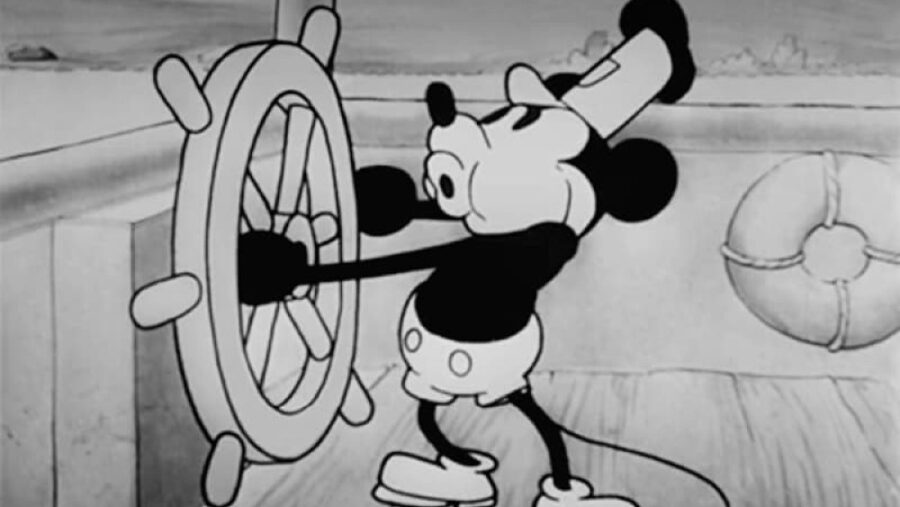
According to Cartoon Brew, this version of Mickey Mouse will be fair game for public use, allowing anyone to screen, sell, and incorporate the character into their original stories or artwork without seeking Disney’s permission. However, the company still holds control over the iconic mouse through trademark protection.
Unlike copyrights, trademarks can be renewed indefinitely and are designed to prevent marketplace confusion. So, while the original Steamboat Willie characters will be in the public domain, any use implying association with Disney will prompt the company to fiercely defend its Mickey Mouse intellectual property.
Steamboat Willie’s Copyright Expires In 2024
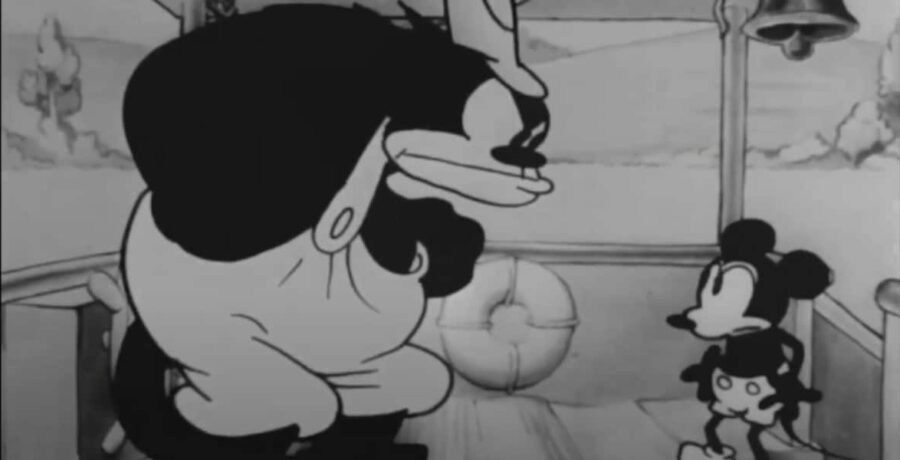
Copyright law protected Disney‘s ownership of Steamboat Willie for 56 years (28 years with a 28-year extension). As the clock ticked towards an expiration date, Disney successfully lobbied for the Copyright Act of 1976 to be passed. Decades later, the Copyright Term Extension Act of 1998, aptly nicknamed the Mickey Mouse Protection Act, gave the company another extension, set to expire in 2024.
“Ever since Mickey Mouse’s first appearance in the 1928 short film Steamboat Willie, people have associated the character with Disney’s stories, experiences, and authentic products,” Disney said in a statement. “That will not change when the copyright in the Steamboat Willie film expires,” the company added.
Mickey Mouse And His Likeness Still Belongs To Disney
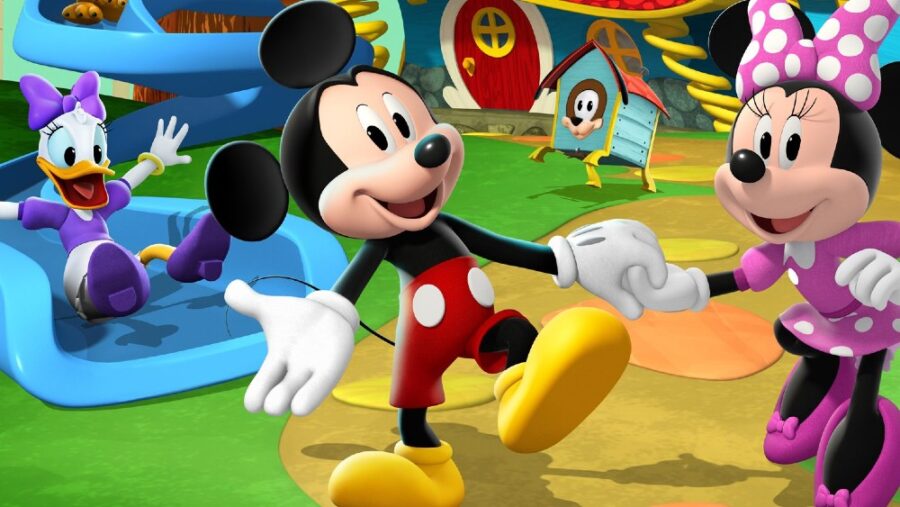
“We will, of course, continue to protect our rights in the more modern versions of Mickey Mouse and other works that remain subject to copyright, and we will work to safeguard against consumer confusion caused by unauthorized uses of Mickey and our other iconic characters,” Disney explained, addressing the copyright expiration.
Mickey Made His First Appearance In Steamboat Willie Nearly A Century Ago
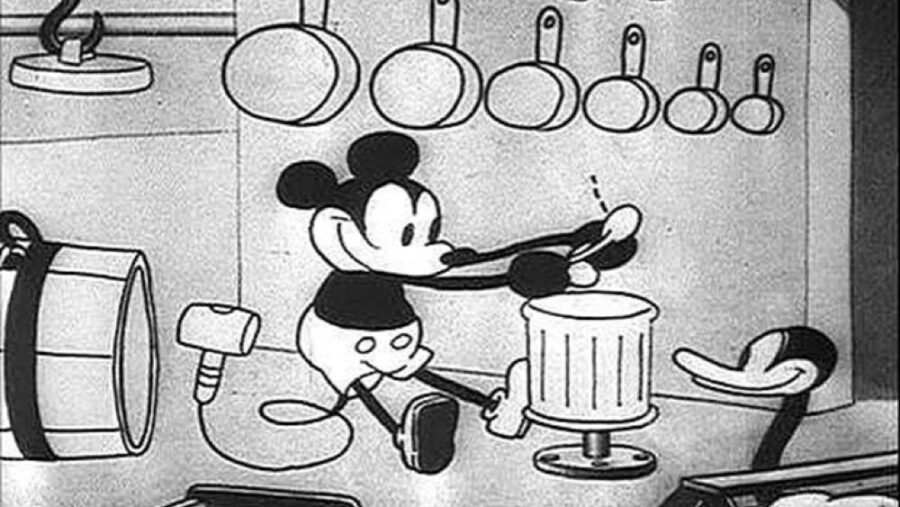
Mickey Mouse made his first appearance in the animated short film “Steamboat Willie,” which premiered on November 18, 1928. Created by Walt Disney and Ub Iwerks, Mickey quickly became the mascot for The Walt Disney Company. His cheerful personality, distinctive voice, and iconic design endeared him to audiences, making him one of the world’s most recognizable and beloved characters.
Steamboat Willie was one of the first synchronized sound cartoons, marking a new era in animation. Since then, the design of Mickey Mouse has evolved, but certain key elements, like his round ears, remained constant. Over time, he was given white gloves and a distinctive high-pitched voice initially provided by Walt Disney.
Mickey’s Iconic Role In Fantasia
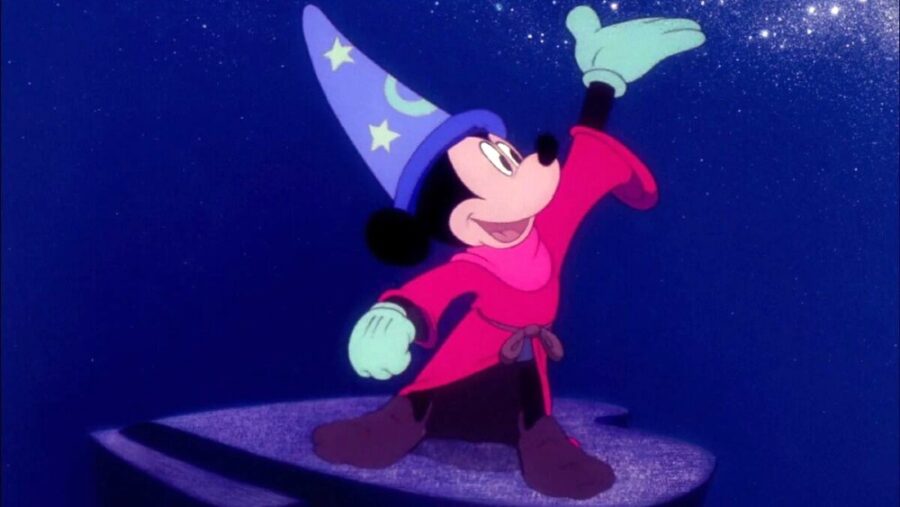
Other notable Mickey Mouse cartoons include The Band Concert (1935) and Fantasia (1940), where he played the iconic role of The Sorcerer’s Apprentice. In the 1950s and 1960s, Mickey became a television star with shows like The Mickey Mouse Club, which introduced him to a new generation of fans. The character continued to be featured in comic strips, merchandise, and theme park attractions.
Modern Mickey
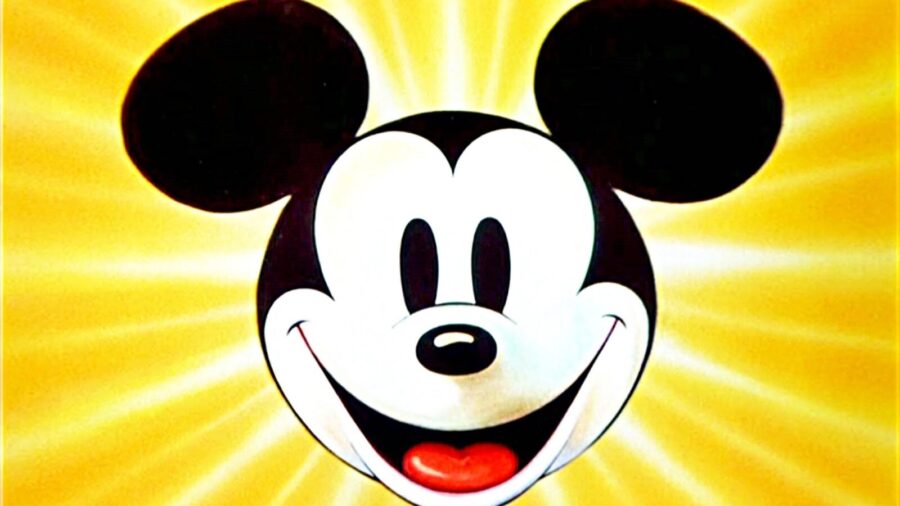
In the 1980s and 1990s, Mickey Mouse experienced a surge in renewed popularity with the creation of the Disney Channel and the success of various animated series, such as The New Mickey Mouse Club and Mickey Mouse Works. The character also played a central role in Disney theme parks. As the years went by, the character was revamped in accordance with current animation styles, tastes, and technologies.
Mickey Mouse has become a symbol of The Walt Disney Company and a cultural icon around the world. His timeless appeal has allowed him to remain relevant and beloved by audiences of all ages, making him an enduring figure in the history of animation and entertainment. A slight shift in the ownership of one cartoon is unlikely to change that.












